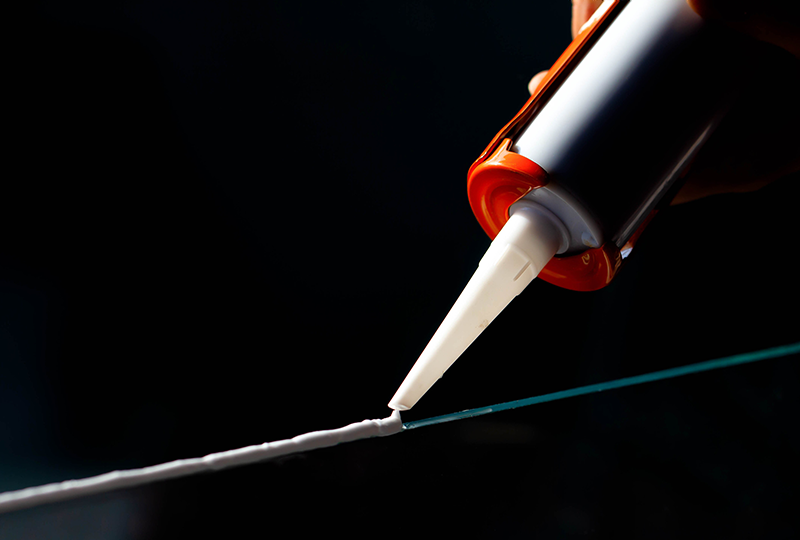
Polyurethane sealant is mainly composed of polyurethane prepolymer, which has high tensile strength, excellent elasticity, wear resistance, oil resistance, and cold resistance, but poor water resistance, especially alkali water resistance. It can be divided into three types: heating vulcanization type, room temperature vulcanization type, and hot melt type. The room temperature vulcanization type can be divided into single component and dual component. It is widely used as a sealing material for joints in buildings, squares, and highways, as well as for sealing in automotive manufacturing, glass installation, electronic filling, submarines, and rockets.
Low free (LF) technology can be used to produce polyurethane (PU) prepolymers with a weight content of less than 0.1% of free isocyanate monomers. Therefore, low free prepolymers are not affected by the upcoming proposal to limit diisocyanates in Europe, and can be used as before without new restrictions. This is beneficial for processors and users of coatings, adhesives, and sealant systems, as well as manufacturers of cast elastomer components.
In May 2018, the European Chemical Administration (ECHA) submitted an opinion on the diisocyanate restriction program plan. It is foreseeable that the EU will adopt this proposed regulation on health protection in the coming months. Although there are still many unresolved issues regarding the various details and timelines for implementing measures, it is clear that these limitations will have a significant impact on operations and operational processes. In summary, the above limitations will apply to the treatment of basic diisocyanates, such as MDI (diphenylmethane diisocyanate), TDI (toluene diisocyanate), or HDI (hexamethylene diisocyanate), as well as traditional two-component PU systems and PU prepolymers with a weight content of free diisocyanate monomers exceeding 0.1%.
POLYWIN’s TDI low free prepolymer not only meets customers' demand on free TDI content, but also provides customers with MDI or TDI low viscosity, which allow formula-developer design different molecular structures to meet needs of different sealants.
Prev:None
Next:Coating
